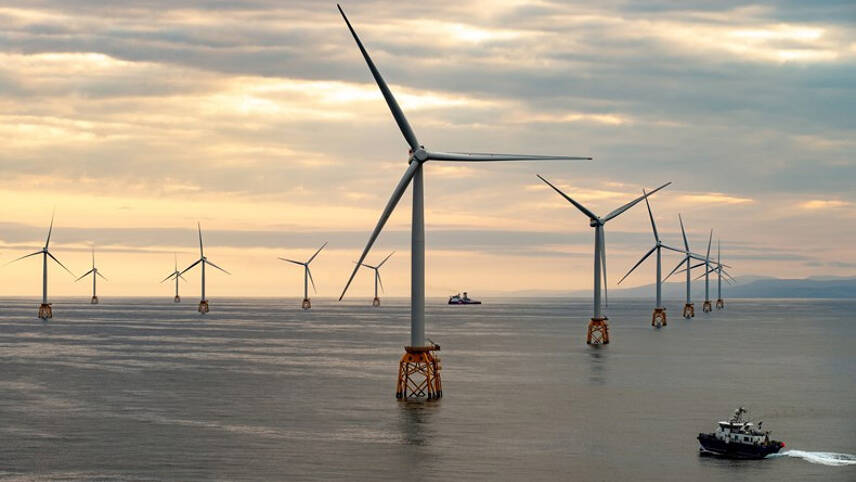Register for free and continue reading
Join our growing army of changemakers and get unlimited access to our premium content

This is based on a report published by the global insurance firm Allianz Trade, highlighting the rising struggles confining the wind energy sector including operating and financing costs, quality-control problems and supply-chain issues.
The report notes that inflation and global energy price fluctuations are sparking concerns regarding the feasibility of several wind power projects worldwide and causing major industry players to either halt or seek government funding for large industrial projects.
In October, it was reported that Siemens Energy, a major player in the wind power sector, is seeking approximately €15bn in guarantees from the German government as a rescue package to stabilise its financial position.
In June, the company revealed that it was experiencing challenges with its newest onshore wind turbine, Siemens Gamesa, due to technical challenges and inflation-induced higher repair costs.
Since then, Siemens Energy’s shares have fallen by nearly 70%, underscoring the need to seek a financial bailout.
The report is warning that large wind energy projects are at risk of being abandoned without necessary government support.
Last month, the European Commission unveiled its ‘Wind Power Package’ to assist developers in the renewable sector. The support measures in the package include a specific auction design, additional financial support, monitoring of unfair trade practices, activation of relevant policy instruments when necessary, addressing administration staff shortages, and streamlining long approval procedures.
While the EU has demonstrated a proactive approach to address the rising challenges faced by the renewable sector, the report notes that the UK is lagging in its response.
Rising prices impact the UK’s wind energy sector
In the UK, wind power projects are experiencing challenges related to inflation and energy cost volatility as well.
Earlier this year, Energy developer Vattenfall announced a halt on its 1.4GW offshore wind farm located off the Norfolk coast, citing higher inflation and capital costs as major reasons.
According to the report, industry players are urging the Government to raise the bidding limits for new offshore wind farms by 25-70% to offset rising supply-chain costs, while lobbying the UK Treasury to eliminate the windfall tax on offshore wind farms and to enhance subsidies and tax incentives to ease initial project costs.


The UK Conservative Government gives £10.5 billion in subsidies from our taxes to fossil fuel companies each year, which equates to £16,153,846 per constituency. With an average of 70,530 constituents in each constituency this works out as £229 generously donated by our caring government per person which leads to more CO2 and more pollution.
The project cost of a 3.5 MW Enercon E126 EP 3 wind turbine costs £3.13 million, and if the subsidies were diverted to renewables we could have an extra wind farm of 5.16 wind turbines in every constituency every year, generating 18.06 MW per hour per year. 34.82 MW per hour is used by the average person in the UK per year, so our wind turbines would provide clean electricity to 8,766 more people in every constituency every year, in eight years every constituency would have clean electricity provided locally. As nuclear and fossil fuel turbine generators use 50% of our fresh water in the process of generating electricity having such a policy will also double fresh water sources, that are being increasingly stretched by global weirding. Think Green. Think Clean.
Natural gas, water, and electricity are industries which are far too important and profitable to be left simply to private industrial exploitation.
But then I am far too old (at 92) to be in touch with those much better informed than myself!
Just be quiet, Richard!